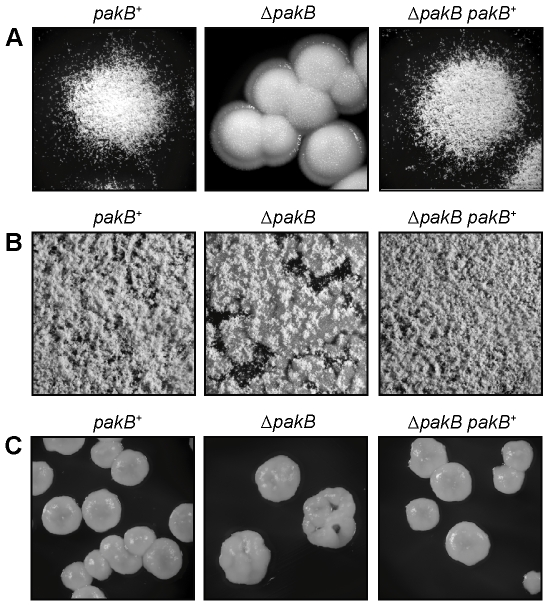Figure 3. Deletion of pakB results in inappropriate yeast-like growth at 25°C.
The pakB+, ΔpakB and ΔpakB pakB+ strains were grown on ANM + (NH4)2SO4 for 10 days (A) or 14 days (B) at 25°C or on SD + (NH4)2SO4 for 5 days at 37°C (C). (A) Colonies of the pakB strains at 25°C (16× magnification). Wildtype colonies appear fuzzy due to the presence of radial, polarized hyphae growing along the agar surface and aerial hyphae. The hyphae are covered with asexual structures (conidiophores). The ΔpakB strain produces compact, mucoid, yeast-like colonies at 25°C. Colonies of the ΔpakB strain are not covered with conidiophores after 10 days growth. The ΔpakB pakB+ strain is indistinguishable from wildtype. (B) After 14 days, the colony surface of wildtype (pakB+) shows many conidiophore structures (20× magnification). In contrast to wildtype, the ΔpakB strain produces fewer conidiophores and these are unevenly dispersed over the yeast-like colonial surface. The ΔpakB pakB+ strain is indistinguishable from wildtype. (C) Colonies of the pakB strains at 37°C (32× magnification). Wildtype yeast colonies are compact and mucoid. The ΔpakB and ΔpakB pakB+ strains are indistinguishable from wildtype at 37°C.

